In this article
Understanding Video Bitrate
Have you ever uploaded video content online just to check it later and find out that it is blurry or slow to load, even though it looked great while editing?
That is mostly because of a small but important setting called video bitrate.
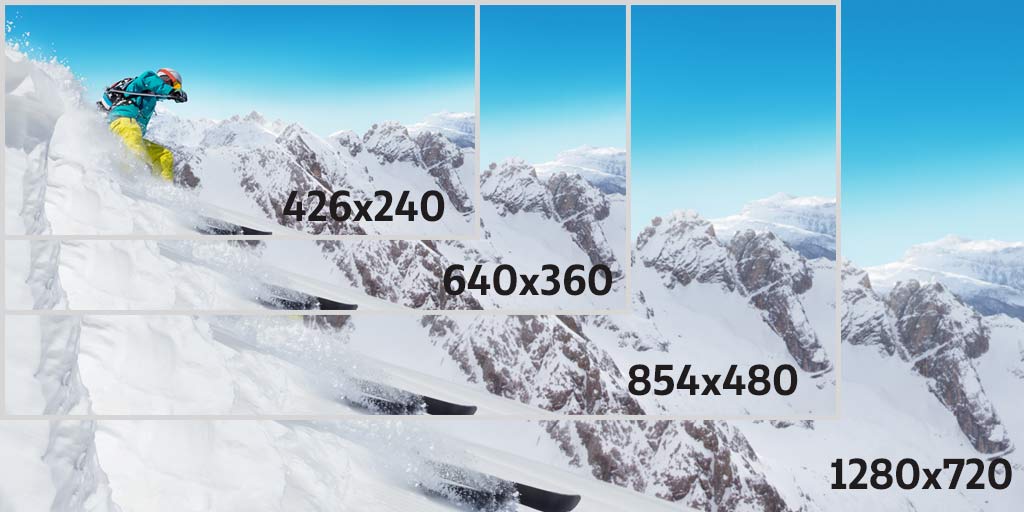
Many people focus on cameras, lighting, and editing software. But they forget that bitrate controls how much data is used every second to show the video. If it's too low, your video might look pixelated. If it's too high, the file becomes too big to upload or share easily.
So, what does video bitrate mean? In simple terms, it's like the "data speed" of your video. The more data used each second, the clearer and smoother the video looks.
Video bitrate is the amount of data used every second to play a video. It's measured in kilobits per second (Kbps) or megabits per second (Mbps), just like internet speed.
You can think of it like water flowing through a pipe. The wider the pipe, the more water flows. In the same way, the higher the bitrate, the more data flows, and the better your video looks.
Key Elements of Video Bitrate
We've answered what does bitrate mean. Now, here are its key elements, how it is measured, how it behaves during playback, and how it works with compression.
- Bitrate Units – Kbps vs. Mbps
Bitrate is usually measured in either Kbps (kilobits per second) or Mbps (megabits per second). Just like how 1,000 milliliters equals 1 liter, 1,000 Kbps equals 1 Mbps. Kbps is like a small stream and Mbps is like a heavy flow. A higher bitrate means more data is being used every second, which leads to better video clarity, especially on high-resolution videos like 1080p or 4K.
- Constant Bitrate (CBR)
This means your video uses the same amount of data every second, no matter the scene. For example, a simple interview and a fast-paced action scene would both use the same bitrate. This method is useful for live streaming, but it can waste space by giving too much data to scenes that don't need it.
- Variable Bitrate (VBR)
Variable Bitrate (VBR) adjusts data use based on the scene. More for action, less for still shots. It gives better quality at a smaller file size but takes longer to export since it works harder behind the scenes.
- Buffering and Bitrate
Buffering happens when a video pauses or stutters, often because the bitrate is too high for the viewer's internet. To avoid this, it's key to balance quality with smooth playback. That's why platforms like YouTube use adaptive bitrate streaming, adjusting quality in real time to match connection speed.
- Compression Codecs
A codec compresses video to make it easier to upload, store, or stream. Common ones include H.264, H.265, and VP9. It works with bitrate to keep quality high and file size low. A bad codec can ruin even a well-set bitrate. Bitrate units, CBR, VBR, buffering, and codecs all work together to shape how your video looks, sounds, and performs everywhere.
Bitrate Recommendations by Resolution
Different video types (like 480p or 4K) need different amounts of data per second to look good. This is where video resolution and frame rate come in.
What Is Resolution?
Video resolution is how clear and sharp your video looks. It's measured by how many pixels are on the screen.
So keep in mind that a higher resolution = more detail = more data = higher bitrate needed.
What Is Frame Rate?
Frame rate is how many pictures (frames) are shown every second in a video. It's written as fps (frames per second).
Higher frame rates = more frames = higher bitrate needed to stay smooth and sharp.
Recommended Bitrate by Resolution and Frame Rate
Here's a clear chart showing how much video bitrate is ideal based on resolution and frame rate:
| Resolution | Frame Rate | Recommended Bitrate (CBR) | Best Use Case |
| 480p (SD) | 30 fps | 1,000 – 2,500 Kbps | WhatsApp, email videos, low data use |
| 720p (HD) | 30 fps | 2,500 – 5,000 Kbps | Instagram, mobile videos, YouTube Shorts |
| 1080p (Full HD) | 30 fps | 5,000 – 8,000 Kbps | YouTube, TikTok, presentations |
| 1080p (Full HD) | 60 fps | 8,000 – 12,000 Kbps | Gaming clips, fast-motion videos |
| 1440p (2K) | 30–60 fps | 10,000 – 20,000 Kbps | Vlogs, professional edits |
| 2160p (4K) | 30–60 fps | 20,000 – 50,000 Kbps | Netflix, documentaries, cinematic films |
Impact of Bitrate: Why It Really Matters
Whether you're editing a video for YouTube, sending it on WhatsApp, or streaming it live, bitrate affects three main things:
1. Video Quality
This is the most noticeable effect. A higher bitrate means more data is used per second, which gives your video:
- Sharper images
- Clearer motion
- Fewer blocks or blurs
Bitrate only helps if your resolution and camera quality match. For example, using a very high bitrate won't make a 480p video look like 1080p. It'll just make the file bigger for no reason.
2. File Size
Bitrate directly controls how big your video file is. Let's say:
- A video at 5 Mbps will be smaller than one at 15 Mbps
- The longer your video and the higher the bitrate, the more space it takes
Example: A 10-minute 1080p video at 8 Mbps is around 600MB but the same video at 2 Mbps is only 150MB
3. Playback (How the Video Loads & Plays)
Have you watched a video that keeps buffering or stopping? Bitrate may be the cause. If your video's bitrate is too high, it might play poorly on:
- Slow internet connections
- Mobile data plans
- Weak Wi-Fi signals
When and Where to Use Video Bitrate
Now that you understand what video bitrate means and why it matters, let's look at where it shows up in real life.
Whether you're filming with a camera, uploading to YouTube, or live-streaming, bitrate plays a major role in how your video turns out.
1. Recording Video
Examples:
- A GoPro Hero records 4K at around 100 Mbps for sharp detail.
- Many smartphones record 1080p video at 20–30 Mbps.
- DSLR or mirrorless cameras usually let you pick between low, medium, or high bitrate modes.
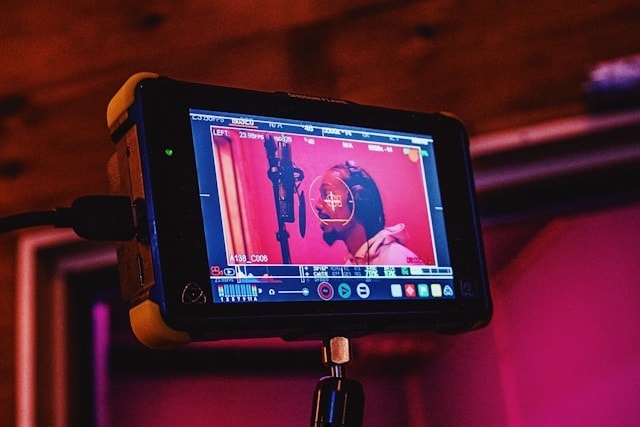
If you plan to edit your video later, always record at higher bitrates.
2. Streaming Video
When you stream live (like on YouTube Live, Twitch, or Facebook), your video is sent in real-time, and bitrate is a big deal.
If your bitrate is:
- Too low: The video looks blurry
- Too high: 8t lags or buffers for your viewers
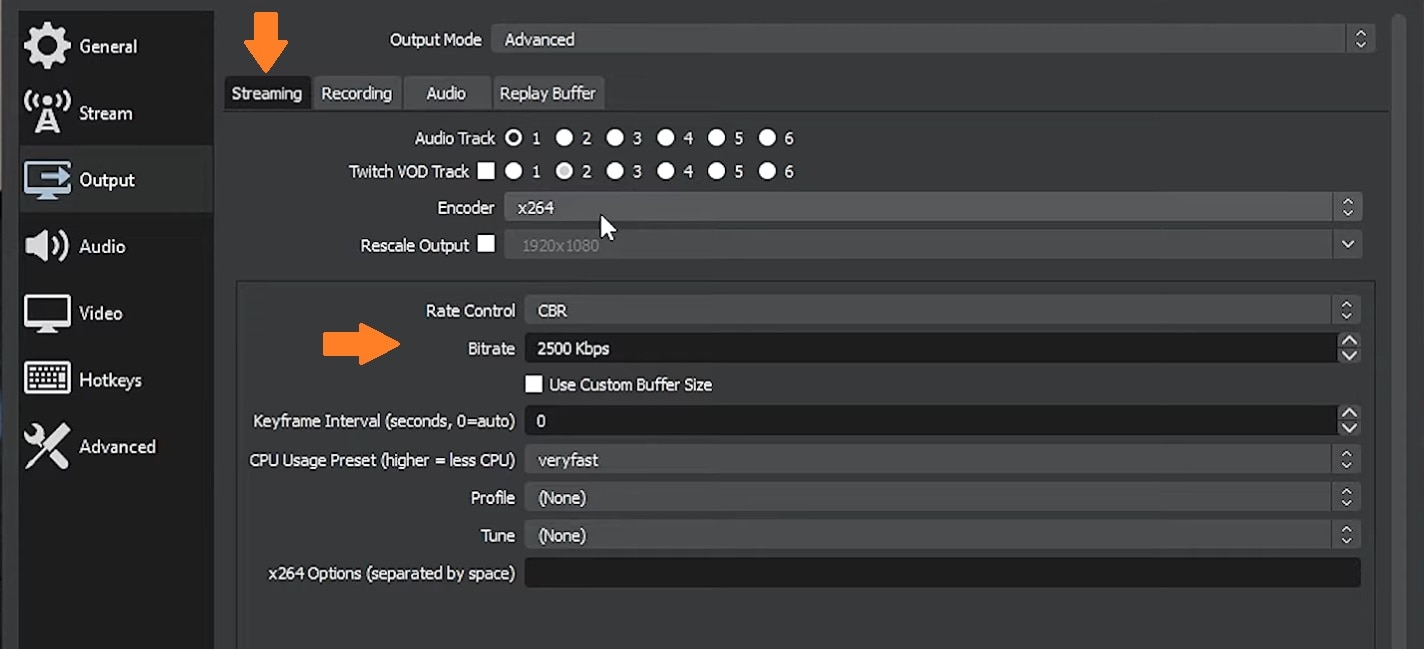
Most platforms recommend using CBR (constant bitrate) for streaming. Always test your stream first. Upload speed must be at least double your bitrate for smooth video.
3. Exporting Video
When your video is ready and you want to export it from your editing software (like Filmora), bitrate becomes your final setting.
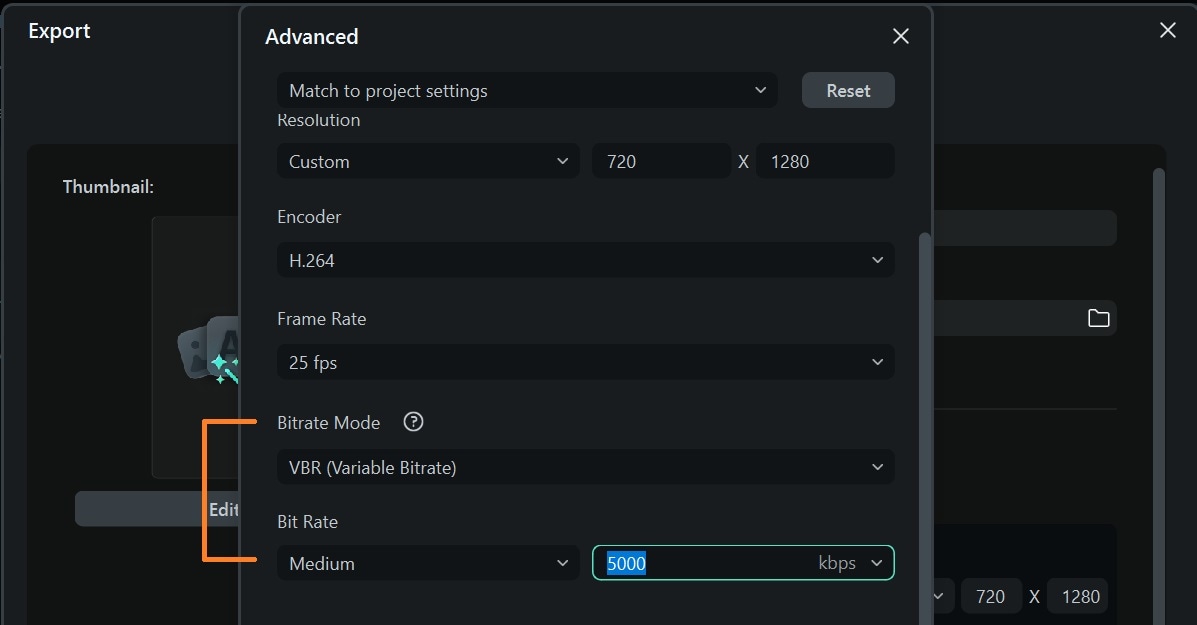
- Higher bitrate means better quality, but a larger file.
- Lower bitrate means faster upload, but possible blur.
Common Mistakes with Video Bitrate (and How to Avoid Them)
Even if you understand what video bitrate means, it's still easy to mess things up during export or upload. Many people make these three common mistakes that can ruin a good video.
Here's what they are and how to avoid them.
Editing a 1080p or 4K video, but exporting it with a bitrate that's too low results in blurry video, pixelated motion, or poor details in bright or dark areas.
- Use at least 5,000 Kbps for 1080p
- Use 20,000 Kbps or more for 4K
- Always export based on your video resolution and frame rate
Some people think a higher bitrate means better video. But this is not always true. If your video doesn't need that much data (e.g., a talking head vlog at 720p), using an extremely high bitrate will only create a huge file and can slow down uploads.
- Use the recommended bitrate ranges from trusted platforms
- Don't go above 50 Mbps unless you really need ultra-high quality
Every social media or video platform has its own bitrate limits. If your video goes above those limits, it may be compressed automatically, lowering the quality. Or, worse, it might fail to upload properly.
- Check the official export specs for each platform
- Export within the platform's bitrate and resolution range
If you are not sure, you can Google your platform's “bitrate guidelines” before exporting.
How to Adjust Video Bitrate in Filmora (Step-by-Step)
Now that you understand what video bitrate is and why it matters, let's walk through how to actually adjust it when exporting a video using Wondertshare Filmora.
Whether you're uploading to YouTube, TikTok, or just saving space on your phone, this simple process lets you control video quality, file size, and playback smoothness.
Step-by-Step: Changing Bitrate in 3 Steps with Filmora
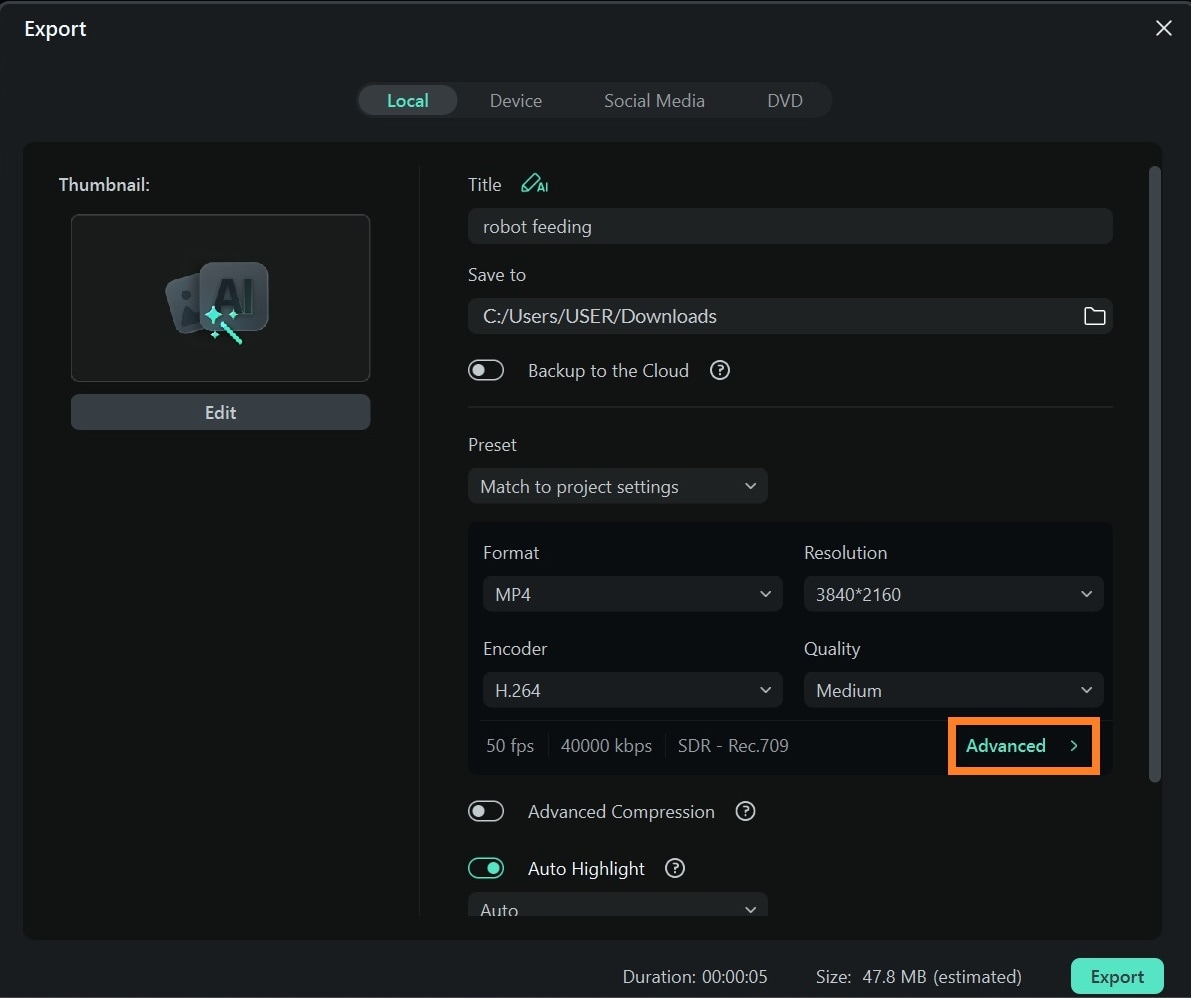


Conclusion
Video bitrate isn't just a technical setting, it is the power move behind sharp and smooth videos. Crisp visuals but bigger files. Lower bitrate? Smaller size, but prepare for blurry mess.Whether you're posting a TikTok, exporting a YouTube vlog, or sharing clips on WhatsApp, choosing the right bitrate makes your video look pro. Open Filmora, export the same video at different bitrates, and see the difference for yourself. It's that obvious.





